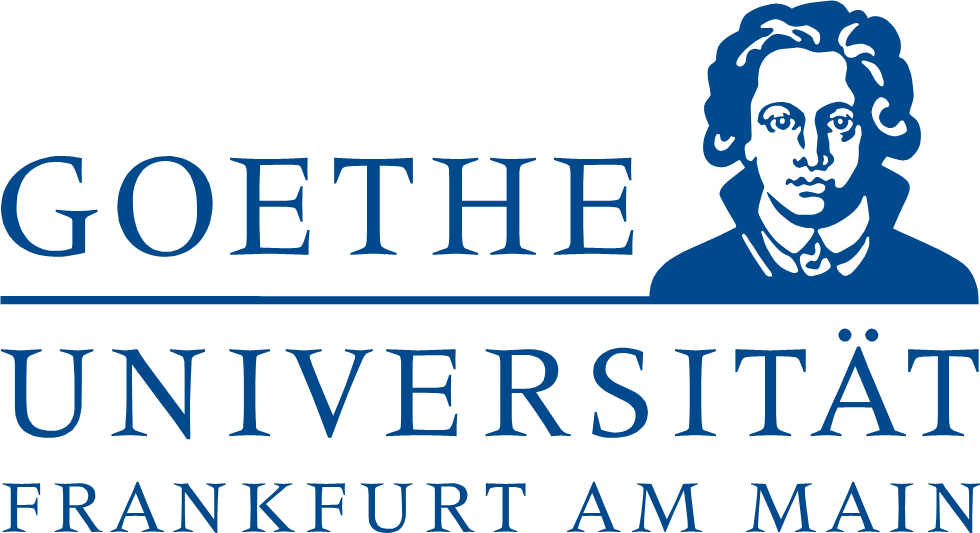Trail of the month: A LECLIC trail
With the Trail of the Month for January, we would like to introduce you to a special mathtrail created as part of the ERASMUS+ project LECLIC “Living in the Era of Climate Change”, which uses innovative trends in the STEAM curriculum and cloud computing to raise awareness about environmental issues and climate change.
The students and teachers participating in the project will be encouraged to reflect on the need for behavioural change in their families’ lifestyles to mitigate climate change by analysing the bi-directional relationship between lifestyle and climate change, analysing the current lifestyle and quality of life in their European region and suggesting how they can change their habits on a large scale.
The project is organised in the form of four LECLIC conferences on climate change, where students from Portugal, Spain, Italy and Greece analyse the similarities and differences of climate change in each region. It is very important to get to know the different localities, which is why the use of MathCityMap has become an important tool in the project.
This month’s mathtrail “A LECLIL trail” is located in the Spanish city of Puerto Real and is available in the MCM app under the code 3812670 and on the MathCityMap web portal here.
The trail is made up of five tasks, all of which relate to the city and the impacts Puerto Real could be affected by if climate change continues to progress.
Ana Serradó Bayés, the creator of the trail, gives us a short interview below about her work with MathCityMap and her trail. Enjoy reading!
How did you come across the MathCityMap project?
In May 2020, when Spanish inhabitants were confined at home due to COVID19 pandemia I participated in the elearning training “Education School of Miguel of Guzman”. During the school, Claudia Lazaro of the Spanish Federation of Maths Teachers’ Association (FESPM) and one of the MathCityMap partners presented us with this ERASMUS+ project. One of the activities was to construct a trail. At that moment, it was difficult to construct a trail because we were only able to walk 1km far from home. But, from the terrace of my home I was able to admire the “Porvenir gardens”. I walked through them taking photos, making measurements, while I was willing to return to normality and prepare a trail for my students, who would be able to learn mathematics outside their homes. The name of that trail is “Cuidemos los Jardines del Porvenir” (Take care of the Porvenir Gardens, 012984).
Please describe your trail?
A LECLIC Trail is a STEAM tour to analyze how climate change affects Puerto Real city in South Spain. It consists of five tasks with a total length of 1.5 km and a duration of 1 hour and 20 minutes. Junior secondary students are asked to solve five STEAM problems and infer on the consequences climate change can have in five iconic locations of the city. Students participating in it investigate, analyze, calculate accessible and inaccessible lengths and develop stochastical thinking. And, infer about how Puerto Real could be affected by the climate change concerning to the drinkable water, the flooding of its beach, the destruction due to high waves of the 19th century fortified quay, the experience of a “wind drought” and the change in the sea level height.
How do you use MCM and why?
At our school, the students of Colegio La Salle-Buen Consejo use tablets at school and mobiles outside the school. In particular, the MCM is useful for them to understand the integration of two independent technologies: online maps and quizzes. As a member of the STEM department, I am involved in the development of activities that help students to understand the transdisciplinary approach of STEAM. In particular we are involved in many ERASMUS+ projects that use innovative technologies that help the integration of the other subjects.
I consider that these kinds of trials help students to develop the four global competences of communication, collaboration, critical thinking and creativity. Communication and collaboration because students are asked to solve it in a team, due to the fact that most of the measurements to be done on site need more than one person to do it. Secondly, because some of them have a high complexity that needs a discussion on the creation of strategies on how to solve the problem, to value its accuracy, developing their critical thinking, and finally decide which is the solution. The fact that MCM puts math tasks outside the classroom in a real context can extend the problem solving process to a geometrical or algebraic modelling process.
The possibility of introducing hints in the MCT tasks is very useful because then it is open to attend the diversity of our schools and provide students with the theoretical principles that they can use to solve the situation. When returning at school the analysis of the math trail is also an opportunity to deepen their learning and formalize the modelling process developed.
Describe your favourite task on the trail. How can it be solved?
I think that all five tasks of the trail are interesting because the students need to infer about how climate change could affect their city and this kind of reflection is of pressing topical interest. But, if I have to choose one, my favorite task is “The wind rose in Sant Telmo Square”. San Telmo is a new square in the old city that most of the students of Puerto Real did not know about their existence. Even more about the wind rose oriented in the center of the square. Admiring the tiles of the wind rose and their symmetry is an artistic and mathematical activity by itself. Nevertheless, the fact that the students need to analyse the direction and speed of the wind transforms it into a scientific and engineering design activity. The comprensension of the stochastic nature of the wind speed is essential to answer the task. But, also this process of thought helps students to understand the difference between using a deterministic model for the speed and the stochastic and chaotic nature of the wind.












